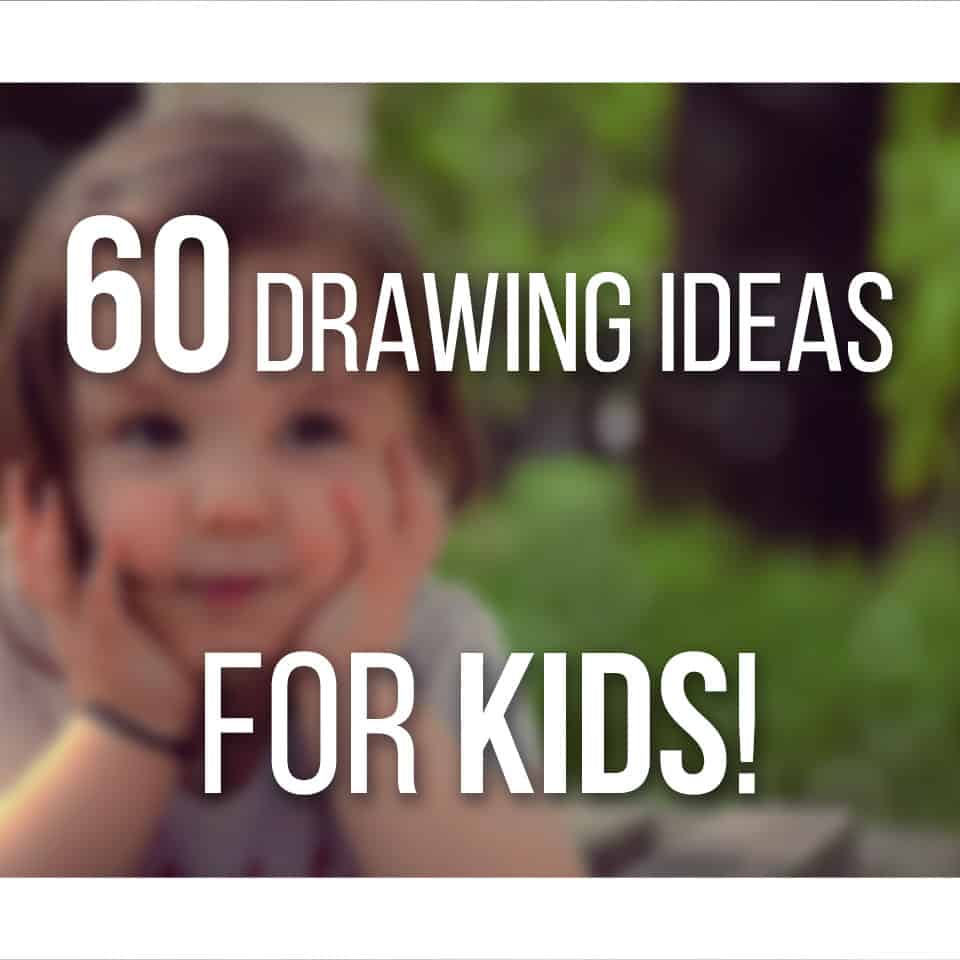If you’ve been drawing figures for some time, I’m pretty sure you’ve heard or read about gesture drawing.
Gesture drawing is an essential skill that brings many benefits to artists looking to improve at drawing figures!
But what exactly is gesture drawing?
And is gesture drawing really that beneficial for artists?
Let’s go over the definition of gesture drawing and its benefits!
What Is Gesture Drawing?

Gesture drawing is drawing in a way that captures a gesture, action or subject in very few lines.
It’s a key part of learning to draw figures, helping an artist capture a figure’s entire movement and energy with only a few motions.
Your goal in gesture drawing is to focus on the entire figure and not on details or accuracy.
With practice, you’ll be able to draw gestural lines very quickly.
But why is gesture drawing important? Gesture drawing is important because it teaches an artist how to quickly convey the movement of a person or action with very few strokes. Not only that, but it increases your confidence and helps you draw more dynamic characters and figures.
These are just a few of the benefits though!
7 Benefits Of Gesture Drawing
Gesture drawing has many different benefits, which in turn, help your figure drawing skills!
So here are 7 benefits of practicing gesture drawing.
Improves Your Hand-Eye Coordination

Gesture drawing improves your hand-eye coordination since you’ll have little time to focus on your subject.
Most gesture drawings are done very quickly.
If you’re doing life drawing with a model, you’ll need to capture the movement quickly before the model changes position once again!
And if you’re using a tool such as the ones I mention in my Figure Drawing Basics article, you’ll have a very limited time (from 2 minutes to 30 seconds) to capture the overall gesture.
This is a great benefit to gesture drawing, since it will also improve your overall drawing skills!
Warms You Up
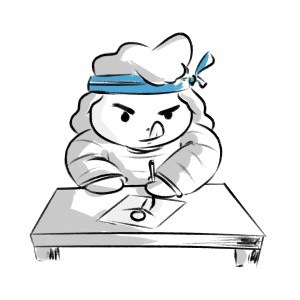
Starting each drawing session by creating some quick gesture drawings is one of the best ways to warm up!
Not only does it make your muscle memory kick in, but it also helps prevent hand and wrist pain.
Your first lines might look a bit rigid or trembly, but after a few quick exercises (such as these ones) you’ll notice a big difference in your drawings!
I really recommend you start by doing some gesture drawing studies on a blank page before going for a big artwork.
It helps, trust me!
Makes You Focus On The ENTIRE Subject
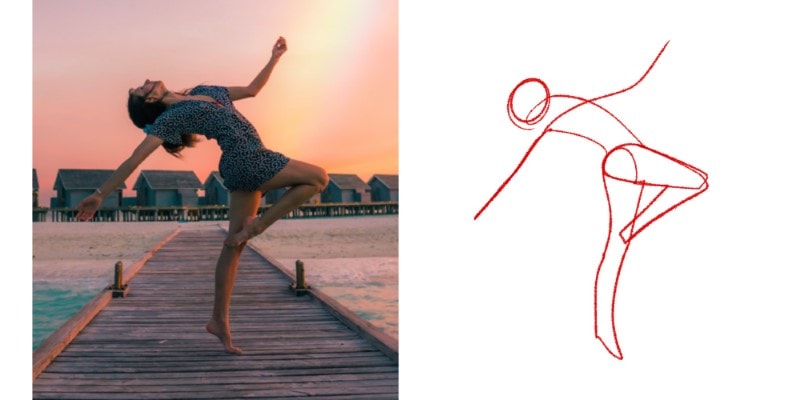
Some artists tend to focus too much on small intricate details, instead of capturing the essence of the entire figure.
This is usually a very big mistake.
Especially if you’re learning to draw people!
It doesn’t matter how good the details look if you don’t have a solid base to work with.
Focus on making a quick sketch of the entire subject, and understand the flow of the figure you’re working with.
Once you’re sure that the movement of the body is well-defined, then you can move on to drawing more details.
And by practicing gesture drawing, you’ll focus on that base first.
It’s a win-win!
Helps You Draw More

Since gesture drawing is such a quick exercise, you can do many quick drawings in a short amount of time.
This will make you draw more and increase your “pencil mileage” as artists call it.
This basically means, the more you draw… the better you get!
Most of the time.
Just be sure to do good practice and don’t rush through the process.
Keep your lines loose and confident, and try to simplify the body of the figure.
Really understand basic anatomy and simplify it with your lines!
Builds Confidence
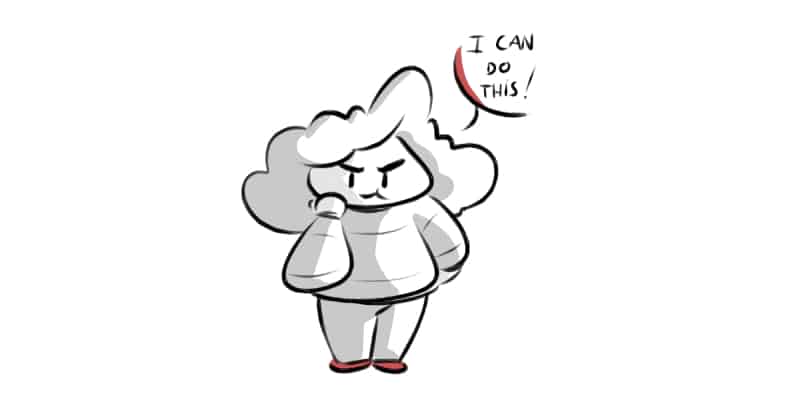
Drawing gestural lines well means that they’ll look very fluid and confident. And this in turn will build your own confidence as an artist!
You may start by drawing very wobbly lines and not feel very sure about how to draw each part of the body.
But the more you practice, the more confident your lines will look!
Just look at these gesture drawing examples from great masters, and keep on practicing.
Suddenly, you’ll be able to understand the fundamentals better.
And you’ll increase your anatomy knowledge as well!
Gesture drawing helps with so many different artist skills, that you’ll feel your confidence improve with each new small win.
Helps With Animation
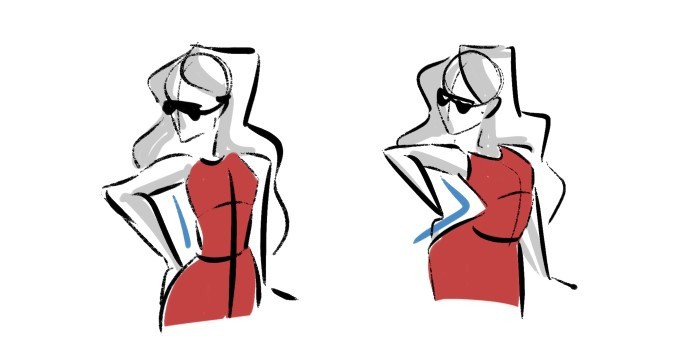
If you’re planning on learning (or you’re already learning) animation, gesture drawing is your good friend!
By improving your gesture drawing skills, and knowing how to exaggerate poses, your animation skills will also improve.
Not only that, but by learning to draw the essential figure and gesture more quickly, you’ll be able to do quick animation drafts swiftly!
You’ll notice how your animations will increase in fluidity, and it will also improve your line quality.
So if you’re a fan of drawing animation, gesture drawing is a good exercise for you!
Gesture Drawing Loosens You Up

Just as we said before that one of the benefits of gesture drawing is warming you up, it will also loosen you up at the same time!
To be able to make the expressive lines that gesture drawing requires you, you’ll need to loosen up your wrist and arm.
Gesture really forces the artist to draw very quickly with loose lines.
So if your arm and wrist are stiff, you won’t be able to capture the rhythm of the human form well.
Not only that, but I find gesture drawing to be a pretty fun activity, and you might find it too!
And what’s fun loosens you up.
Makes You Leave Your Comfort Zone
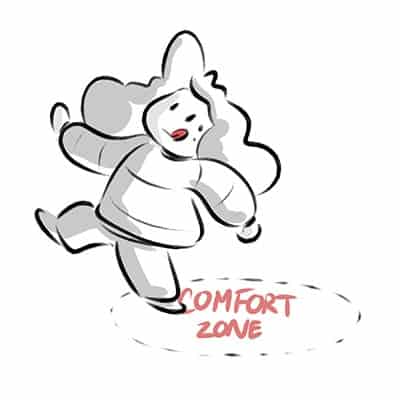
If you’ve never done gesture drawing, then this is a great benefit for you!
Since drawing gestures is such a different and unique art skill, it makes you leave your comfort zone and learn a whole new skill.
And by leaving your comfort zone, you’ll explore new ideas and find new ways to solve problems.
Which in turn will make you a better artist!
Related Questions
Let’s now go over a few related questions that you might be curious about gesture drawing.
What Elements Do You Need For Gesture Drawing?
For gesture drawing you need 3 elements:
- Canvas. Usually a paper or document.
- Drawing Tool. Such as a pencil or pen. You can find the drawing materials I recommend here!
- Model Or Reference Photo. You can either go to a class and use a live model, or just use a reference photo, such as the ones in these free pose reference websites.
And you’re good to go!
Try not to complicate things and use the basic materials you already use.
Have fun with gesture drawing!
Does Gesture Drawing Actually Help?
Yes, gesture drawing actually helps artists and their artistic skills.
It helps you become a more confident artist, draw lifelike figures and become more expressive.
And for more information and tips, check out my article on the Best Gesture Drawing Tips here!
Or for a more Complete Gesture Drawing Guide, click here!
Patricia Caldeira is the main writer here at Don Corgi. She's an art teacher with over 20.000 happy students across many platforms and courses!
Enjoy your stay and as always:
Keep on drawing!



